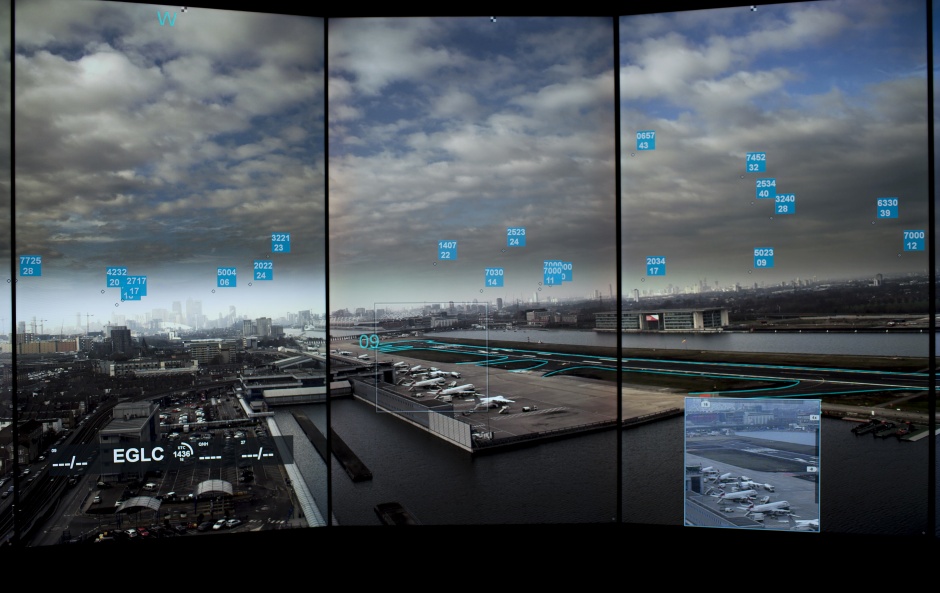The airport will become the first in the UK to operate a digital air traffic control tower.

Slated to become operational in 2019, the technology will use advanced cameras and sensors to gather data from the airfield and provide a live feed via a secure and superfast fibre network to a new control room at the National Air Traffic Services (Nats) centre in Swanwick, Hampshire.
At the heart of the system will be a new 50m high tower equipped with 14 High Definition cameras and two pan-tilt-zoom cameras. These will provide a full 360 degree view of the airfield and be used to form a seamless panoramic moving image of the airfield that will be coupled with an audio feed and radar readings from the skies above London.
Operators will be able to use a range of viewing tools such as high definition zoom and enhanced visuals, which provide detailed views of activity on the airfield, including close-up views of aircraft movements along the 1500m runway, with pan-tilt-zoom cameras that can magnify up to 30 times for close inspection.

Users will also have a variety of real-time information at their fingertips - including operational and sensory data - and will be able to interact with an augmented reality live view of the airfield that, for instance, overlays images with weather information, on-screen labels, radar data, aircraft call signs, or even tracks moving objects.
The technology has been developed by Saab Digital Air Traffic Solutions, and is already in use at Örnsköldsvik and Sundsvall airports in Sweden.
Mike Stoller, director of airports at NATS, said: “Digital towers are going to transform the way air traffic services are provided at airports by providing real safety, operational and efficiency benefits.”





April 1886: the Brunkebergs tunnel
First ever example of a ground source heat pump?